2000 Long Form (SF3) in 2020 Boundaries
↓ Features
↓ Variables
↓ Geography
Comparing census demographics from different census years can be a difficult task due to changing geographic boundaries. Our normalized data product line assists researchers with comparisons of data across time by adjusting and weighting the census data to account for changes in geographies.
If you are working at the state level then there are no changes. But at all smaller geographies there are changes, some of them quiet dramatic some relatively modest. So for example in Colorado between 2000 and 2010 a new county was added – Broomfield. The surrounding 4 counties each spun off a small piece and created this new county (inside the circle on the 2010 map below).
| Map of 2000 Colorado Counties | Map of 2010 Colorado Counties |
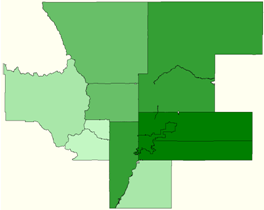 |
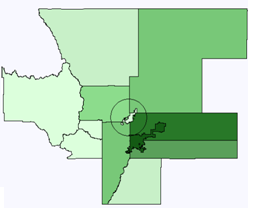 |
To demonstrate some of the issues associated with changing boundaries, below is a comparison of Maricopa County, Arizona in 2000, 2010 and then 2020 at the Census Tract level. During this time span, Maricopa County expanded its population going from 3,072,149 to 3,817117 to 4,367,186 – a 42% increase in 20 years. A quick appraisal of the tree maps below demonstrates the numerous changes that occurred in the census tract boundaries, specifically the addition of 346 new tracts in 2020 versus 2000 – a 38% increase.
| 2000Maricopa County, AZ Total Census Tracts (663) | 2010Maricopa County, AZ Total Census Tracts (916) |
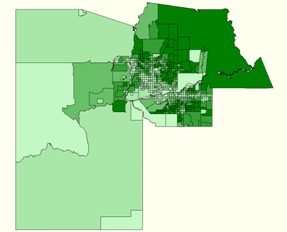 |
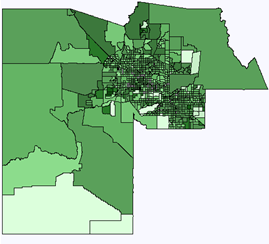 |
| 2020Maricopa County, AZ Total Census Tracts (1009) | |
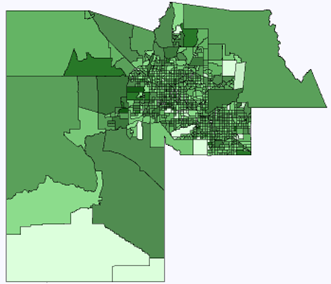 |
Many of these changes were in the most populated central part of the county. However, the outlying areas are the easiest to see these dramatic changes. Where the one large southern tract becomes four smaller tracts.
Here is a zoomed in view of tracts 0506.XX and 0507.XX.
| Maricopa Tracts 506 and 507 in 2010 | Maricopa Tracts 506 and 507 in 2020 |
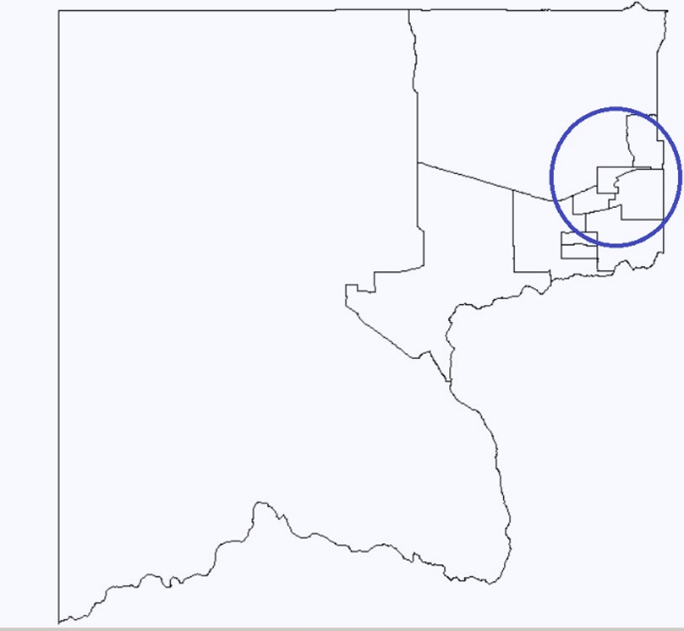 |
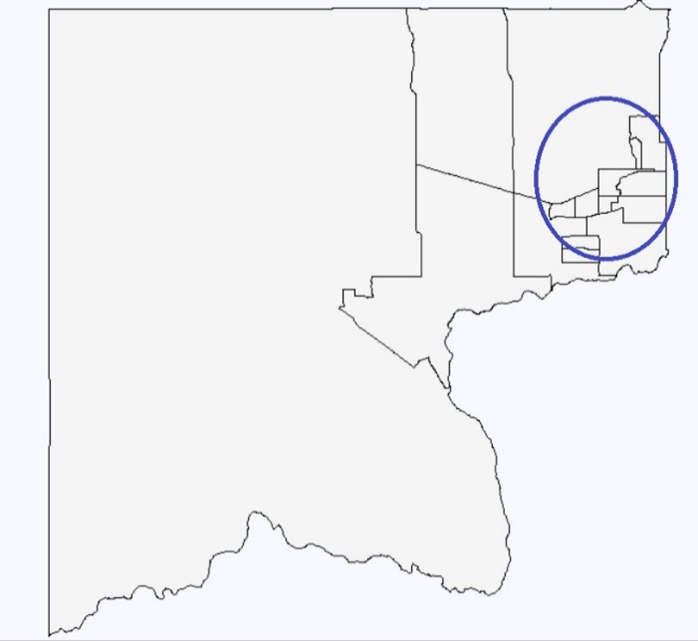 |
In 2010 there were only 11 Tracts as opposed to 16 in 2020 (a 45% increase). The population in these tracts went from 62,196 to 101,334 (a 63% increase). You can see that you could probably do this manually since most of the time the 2 tracts in 2020 could be added together to equal the 1 tract in 2010. But it requires a tremendous amount of work to do this for anything other than a very local region.
The Census’ 2000 Long Form (SF3) is the most complete source of detailed information about the people, housing, and economy of the United States in 2000. This dataset contains variables such as income, housing, employment, language spoken, ancestry, education, poverty, rent, mortgage, commute to work, etc. There are 3,500 variables at the Block Group level and an additional 10,000 variables at the larger geographies such as tract, zip code, county and state level.
The 2000 Long Form in 2020 Boundaries, like all of our census-based products, comes with built-in data viewing and exporting capabilities as well as thematically shaded, color-mapping capabilities. With a few quick keystrokes you can generate full-blown maps or tables. You can extract data as dbf, csv, or shape files and use them as input files for other programs e.g. statistical (SAS, SPSS), database (Access, Oracle), spreadsheet (Excel, 1-2-3), and mapping (Arc View). You can even export any of the geographic boundaries into the mapping packages.
The 2000 Long Form in 2020 Boundaries lets you easily explore, analyze, and visualize an enormous amount of details about the people, housing, industry, economy, and places in the United States – and since it is in the 2020 boundaries it makes it simple to compare to the changes from the 2020 Demographics and Housing Characteristics (DHC) or the 2020 American Community Survey for an easy apples-to-apples comparison of the population of the United States.
Comparison Table
| Basic | |
|---|---|
| State User | $695.00 |
| National User | $1,295.00 |
| Long Form ST3 valiables | ✪ 813 variables |
Geography
8 geographies covering over 350,000 locations
Census 2000 in 2020 Boundaries gives you access to over 3,500 demographic variables at the Block Group level and above and an additional 10,000 for tract level and above.
These geograhic areas consist of the following levels (numbers indicate how many specific areas are within that geographic level):
- United States (1)
- States (51)
- Congressional District (423)
- Counties (3,143)
- Census Designated Places (29,261)
- Zip Codes (ZCTA) (33,092)
- Census Tracts (73,057)
- Block Groups (217,740)
- Congressional District (440)
- State Legislative District – Upper House (1,961)
- State Legislative District – Lower House (4,833)
- School District – Unified (10,896)
- Zip Codes (ZCTA) (33,774)




